Hopefully this week, you have been applying some of the strategies from last week’s post on Escaping the Overwhelm. It often takes a while for us to get to the point of “overwhelm” so it makes sense that it will take some time to get “out” of that overwhelmed place. One of the most effective strategies for me has been proactively creating my own “ideal week.” It is essential that we apply Stephen Covey’s Habit #1 of “Be Proactive” to our weekly planning. When we lead coalitions and partnerships, it can be easy to think that we always have to be reactive and ready to respond to anyone and everyone’s requests as soon as possible. This can be particularly true if you are a “people pleaser” or perhaps even a “recovering people pleaser.” 🙂 However, I’ve discovered that developing an “ideal week” (Thank you, Michael Hyatt) can create boundaries and margin to guide my decisions and allow me to be able to fulfill commitments to my partners as well as my other priorities. Join me this week as I provide three ideas on how to create your “ideal week”
- Review your existing calendar. Are all of your meetings on one day? Are they spread out throughout the week? Do you have time to work on your most important projects or commitments? Do you find that you are moving from one meeting to another and are always available for whenever someone else needs to meet regardless of your ability to get work accomplished? Do you have time on your calendar for yourself and your family or friends? Do you allow yourself time to “rest”?
- Consider when you are at your best. If you are a morning person and your best ideas, thoughts and products are created in the morning, then block time on your calendar during several mornings each week. If you work best in the afternoon, then block time in the afternoon. If you are at your best in the mornings and you schedule all of your meetings in the mornings, you will not have the capacity to be creative and thoughtful on those projects that require more “brain power.” However, if you schedule time on your calendar to focus on projects, writing and creativity when you are at your best, you will be able to fulfill your commitments and make progress on your priorities. Also, treat these time blocks as meetings (with yourself) and work diligently to keep those appointments (even if you have to adjust the amount of time you can spend on them!)
- Create your “meeting” days and your “get stuff done” days. As someone who facilitates meetings and loves a great meeting, I enjoy meeting with partners and working on projects together. However, I also know that if I’m always meeting (or traveling to/from meetings), that I’m not able to do the follow-up from those meetings and develop the products, deliverables and deep work that accomplish our priorities. After reviewing my calendar and evaluation results from our coalition that the best days for meetings were Tuesdays and Thursdays, I’ve designated those days as my primary “meeting days.” Since this is an “ideal week” there are definitely times that I need to adjust that and include a meeting on a Monday, Wednesday or Friday, but I try to keep that to a minimum. I am a morning person and am focused on creating time Monday, Wednesday and Friday mornings to work on that “deep work” that requires thinking, creativity and focused attention.
So what about you? What will you do next to create your ideal week?
If you missed my Facebook Live on this post, check it out here!
If you or someone you know would like to stay up-to-date on my weekly blog posts, subscribe today!
Photo by Brooke Lark on Unsplash

